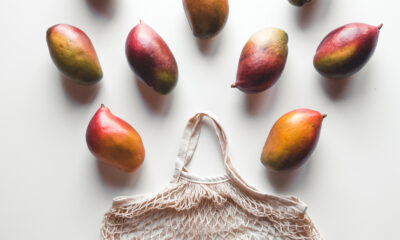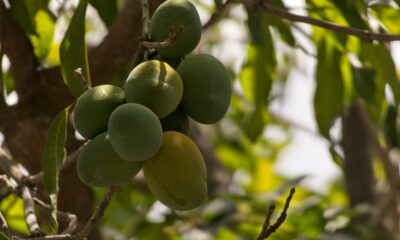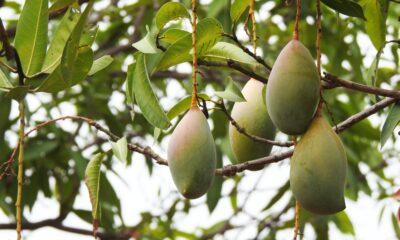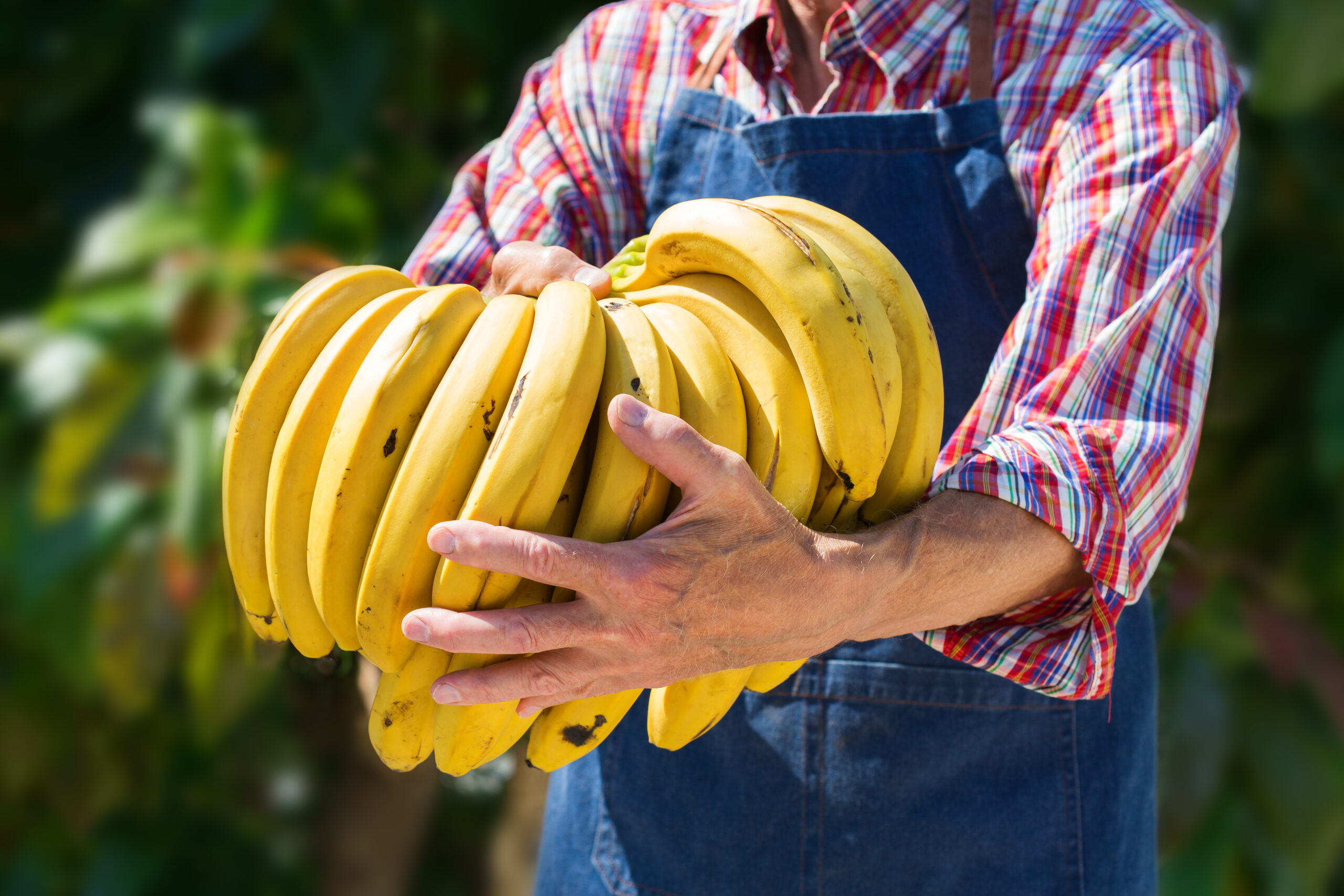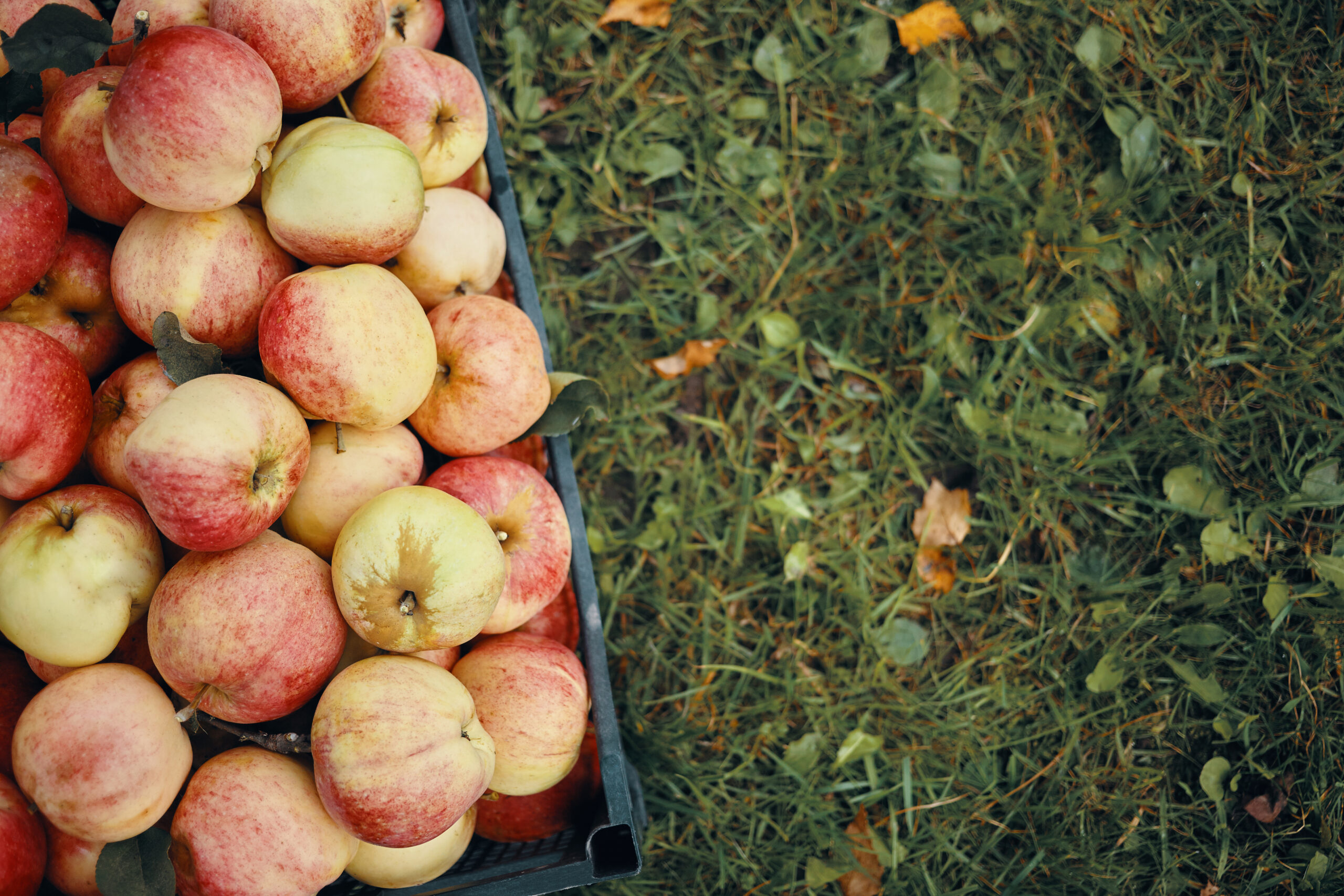Introduction
In recent years, the United States has witnessed a notable surge in its apple exports, signaling a burgeoning demand for this quintessential fruit on the global stage. This increase in exports stands as a testament to the growing appetite for US apples in international markets. Highlighting the country’s robust agricultural industry and its ability to meet evolving consumer preferences worldwide.
Compared to previous seasons, the rise in US apple exports has been significant, capturing the attention of industry analysts and stakeholders alike. This upward trajectory reflects a combination of factors, including favorable growing conditions, enhanced production techniques, and strategic marketing efforts aimed at expanding market reach.
One of the driving forces behind this surge in demand is the reputation of US apples for their exceptional quality, flavor, and consistency. With consumers increasingly prioritizing health and wellness, the nutritious and delicious appeal of US-grown apples has made them a sought-after commodity in diverse markets around the globe.
As agricultural trade continues to play a pivotal role in the global economy, staying abreast of these trends is essential for industry professionals, policymakers, and stakeholders. By keeping a finger on the pulse of developments in US apple exports and broader agricultural trade dynamics, stakeholders can capitalize on emerging opportunities, navigate challenges, and contribute to the sustained growth and prosperity of the sector.
US Apple Exports
US apple exports from the United States are witnessing a remarkable upswing, underscoring the surging demand for this quintessential fruit globally. In recent years, the data speaks volumes: US apple exports have surged by an impressive 20% compared to previous seasons, indicating a burgeoning appetite for American-grown apples worldwide. This significant increase in exports mirrors the growing demand for US apples, a trend fueled by factors such as superior quality, flavor, and nutritional value.
According to industry reports, the United States exported over 1.5 million metric tons of apples in the latest season alone, representing a substantial increase from previous years. This surge in demand has propelled the US apple industry to new heights, with export revenues reaching an all-time high of $1.8 billion. These figures underscore the pivotal role that US apple exports play in driving economic growth and promoting agricultural prosperity.
The growing international demand for US apples is reshaping global trade dynamics, with key export markets such as Canada, Mexico, and Asia-Pacific countries witnessing robust growth in imports. As consumers increasingly prioritize healthy eating habits and quality produce, US apples have emerged as a preferred choice, commanding premium prices in both traditional and emerging markets.
Agricultural Trade Trends of US Apple Exports
The agricultural trade trends of US apple exports reveal a notable surge in recent years, reflecting growing global demand for this staple fruit. With an export surge of over 20% compared to previous seasons, US apple exports have reached unprecedented levels, showcasing the industry’s resilience and competitiveness in international markets. This surge in exports underscores the United States’ position as a leading supplier of high-quality apples worldwide.
Furthermore, agricultural trade data highlights key trends in export destinations, with countries such as Canada, Mexico, and various Asia-Pacific nations emerging as significant importers of US apples. These trends signal evolving consumer preferences and the increasing recognition of US apples for their superior taste, quality, and nutritional value.
As the US apple industry continues to capitalize on export opportunities and navigate dynamic global markets, monitoring these agricultural trade trends is crucial for stakeholders to adapt strategies, seize emerging opportunities, and sustain growth in the competitive international marketplace.
Conclusion
In conclusion, the agricultural trade landscape of US apple exports paints a compelling picture of growth, opportunity, and resilience in the face of evolving global dynamics. The surge in US apple exports, exemplified by a remarkable 20% increase compared to previous seasons, underscores the enduring appeal and growing demand for American-grown apples across international markets. This export surge not only demonstrates the strength and competitiveness of the US apple industry but also signifies its pivotal role in driving agricultural trade and economic prosperity.
As the United States continues to solidify its position as a leading exporter of high-quality apples, key trends in export destinations reveal promising opportunities for market expansion and diversification. With countries such as Canada, Mexico, and various Asia-Pacific nations emerging as significant importers, US apple growers and exporters are well-positioned to capitalize on these growing markets and meet the evolving needs of consumers worldwide.
Looking ahead, it is imperative for stakeholders in the US apple industry to remain vigilant and adaptive to changing trade dynamics, leveraging data-driven insights to inform strategic decision-making and maximize export potential. By staying abreast of agricultural trade trends and consumer preferences, the US apple industry can sustain its momentum, foster innovation, and continue to thrive in the competitive global marketplace.

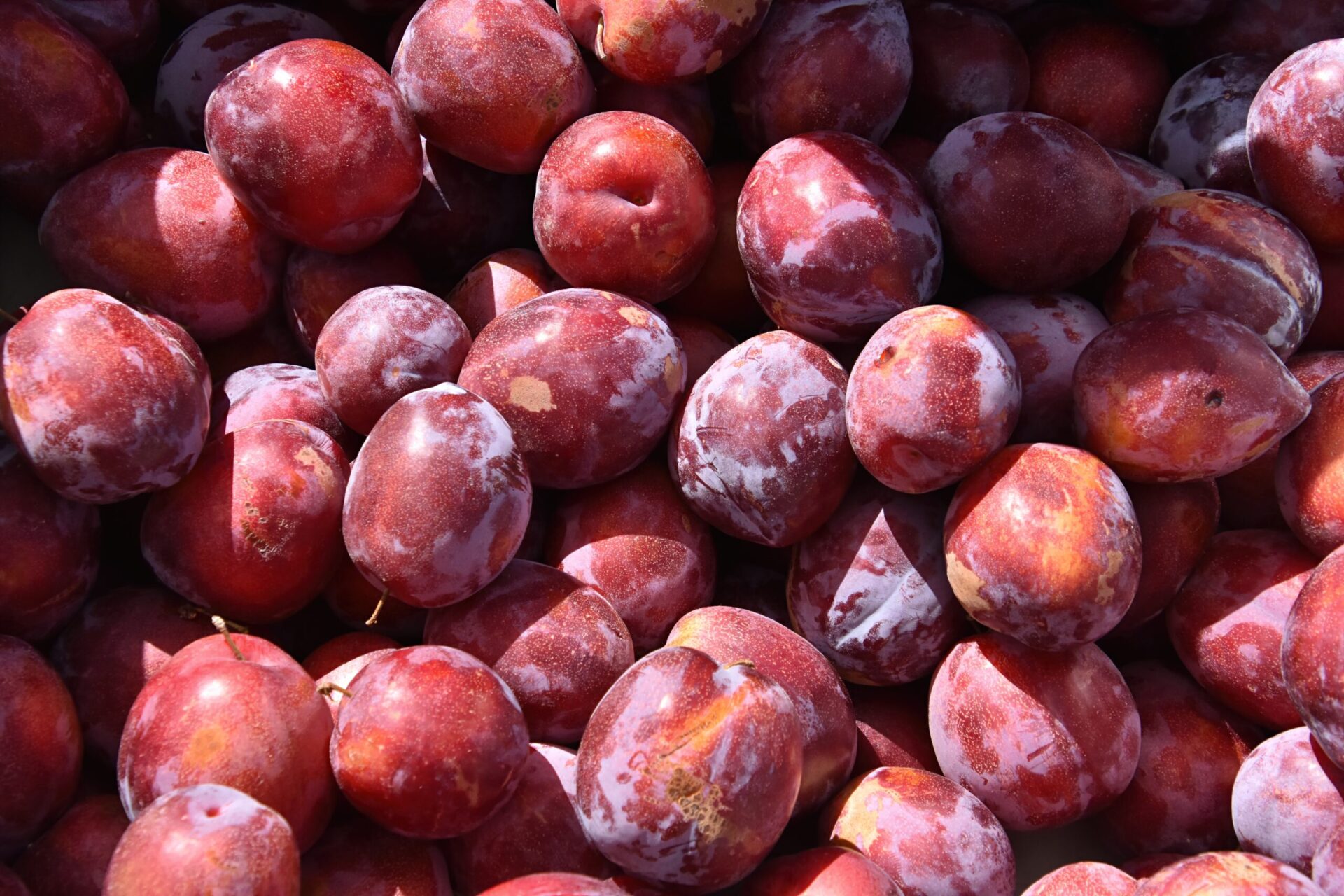

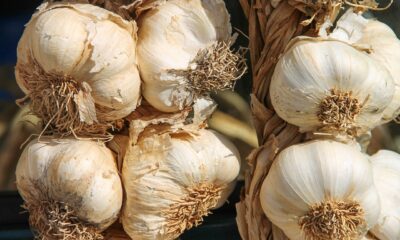

 Environmental Sustainability1 year ago
Environmental Sustainability1 year ago
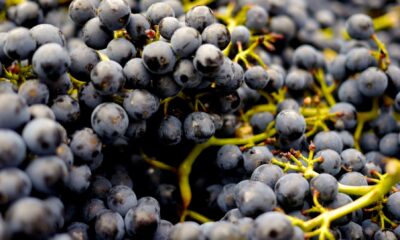

 Agriculture, Transportation & Logistics7 months ago
Agriculture, Transportation & Logistics7 months ago


 Agriculture, Transportation & Logistics1 year ago
Agriculture, Transportation & Logistics1 year ago
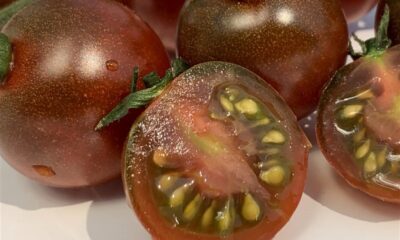

 Food Safety & Quality Control1 year ago
Food Safety & Quality Control1 year ago
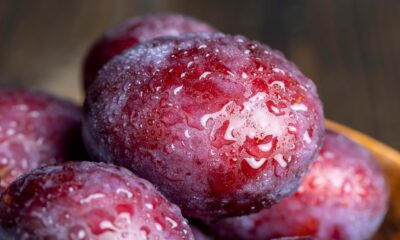

 Food Safety & Quality Control7 months ago
Food Safety & Quality Control7 months ago


 Food Safety & Quality Control1 year ago
Food Safety & Quality Control1 year ago


 Agriculture, Transportation & Logistics11 months ago
Agriculture, Transportation & Logistics11 months ago


 International Trade & Commerce1 year ago
International Trade & Commerce1 year ago


